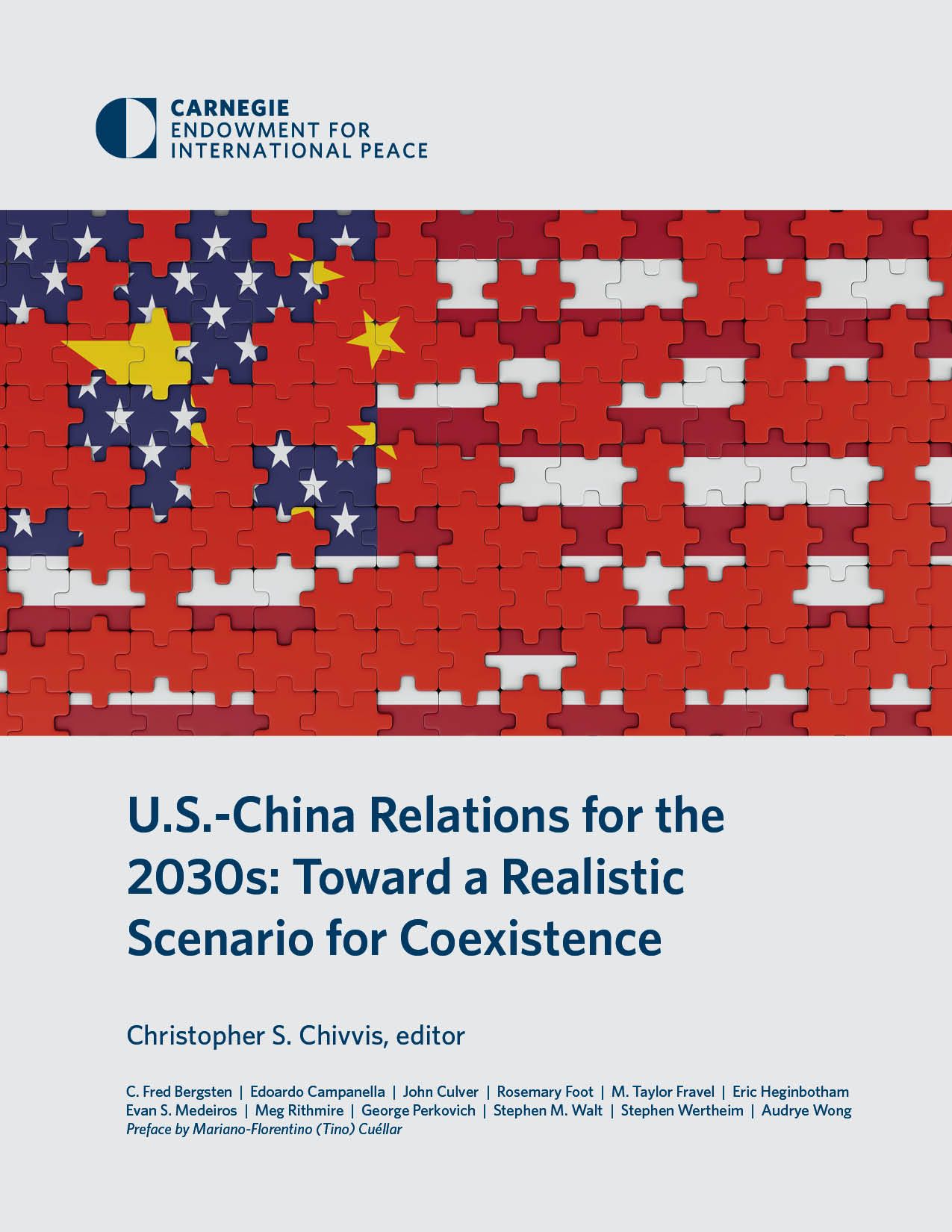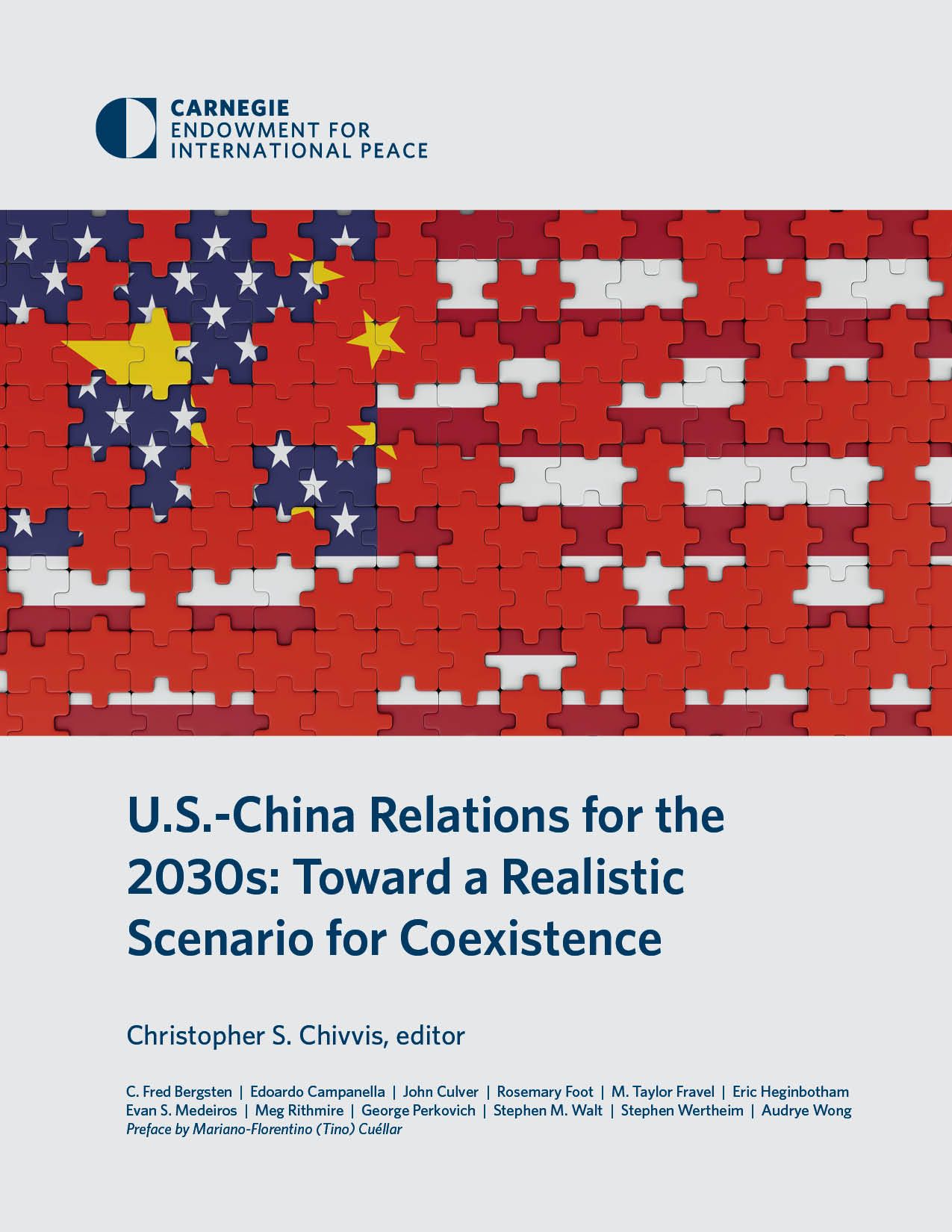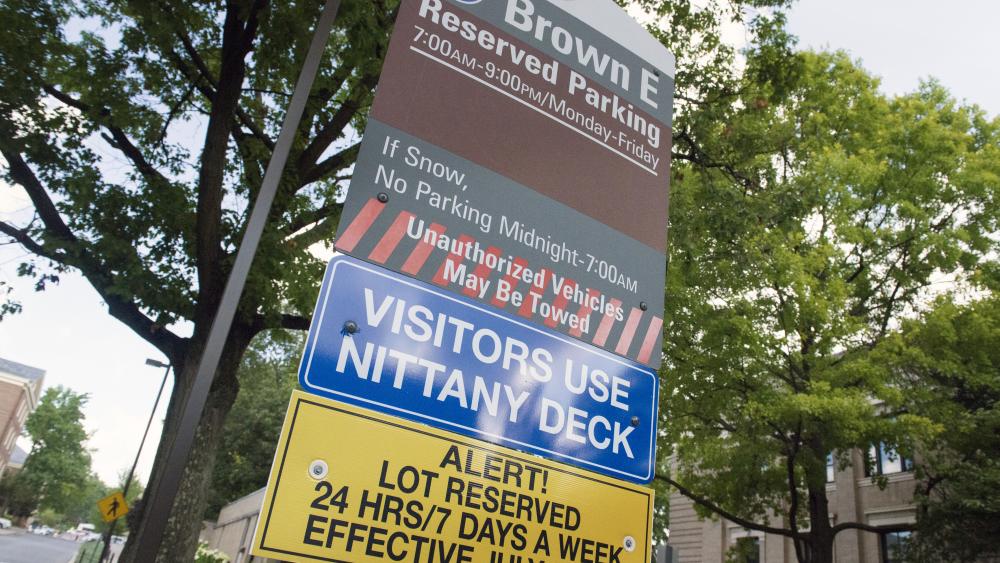South Korea Develops National AI Model with Domestic Tech, Competing with US and China. – AInvest

South Korea’s National AI Initiative: A Strategic Alignment with Sustainable Development Goals
The Republic of Korea has launched a national project to develop a sovereign Artificial Intelligence (AI) model, positioning the initiative as a cornerstone of its strategy to advance technological independence and contribute to global sustainable development. This report outlines the project’s structure, objectives, and its direct alignment with several United Nations Sustainable Development Goals (SDGs), particularly those concerning innovation, economic growth, and global partnerships.
Fostering Innovation and Economic Growth (SDG 8 & 9)
The initiative represents a significant national investment in building resilient infrastructure and fostering innovation, directly contributing to SDG 9 (Industry, Innovation, and Infrastructure) and SDG 8 (Decent Work and Economic Growth).
Project Overview and Objectives
- Primary Goal: To develop a national “K-AI Model” to establish technological sovereignty and create a competitive alternative to AI systems from the United States and China.
- Economic Impact (SDG 8): The project aims to cultivate a near self-sufficient domestic AI industry, which is projected to stimulate sustained economic growth and create high-value employment opportunities.
- Timeline: The first open-source model is scheduled for release by the end of 2025, with the project continuing until 2027.
Building Resilient Infrastructure and Industry (SDG 9)
- Strategic Assets: The initiative leverages South Korea’s existing industrial strengths, including high-bandwidth memory (HBM) from SK Hynix and advanced chip manufacturing from Samsung, to upgrade the nation’s technological capabilities.
- Technological Infrastructure: Development will utilize SK Telecom’s “Titan” supercomputer and a new AI data center being co-developed with Amazon, reinforcing the nation’s digital infrastructure.
- Investment: A total of 530 billion won ($383 million) has been committed to the project, underscoring a national commitment to fostering innovation.
Public-Private Partnerships and Institutional Strengthening (SDG 16 & 17)
The project’s collaborative framework exemplifies SDG 17 (Partnerships for the Goals), while its focus on “sovereign AI” supports SDG 16 (Peace, Justice, and Strong Institutions) by enhancing national control over critical technology.
Collaborative Framework (SDG 17)
- Public-Private Partnership: The initiative is a joint effort between the Ministry of Science and ICT (MSIT) and five corporate consortia, including industry leaders such as SK Telecom and LG AI Research.
- Competitive Selection: The government will oversee a multi-year competitive process, narrowing the five consortia down to two by 2027 to ensure the most effective outcomes.
- Global Partnerships: A successful sovereign AI model presents significant export potential, offering other nations a viable alternative to existing AI ecosystems and strengthening South Korea’s role in the global technology landscape.
Advancing Sovereign AI for Stronger Institutions (SDG 16)
- Technological Self-Reliance: The core objective is to ensure that strategic AI models and services are developed and operated locally, reducing dependency on foreign entities.
- Strengthening National Institutions: By maintaining control over its AI development, South Korea reinforces its capacity to build effective and accountable digital governance frameworks.
Investing in Human Capital and Knowledge Sharing (SDG 4)
A substantial portion of the project’s funding is allocated to securing data and talent, which aligns with SDG 4 (Quality Education) by investing in a skilled workforce and promoting open access to knowledge.
Resource Allocation for Sustainable Development
- 450 billion won: Allocated for GPU support to build the necessary computational infrastructure.
- 262.8 billion won: Earmarked for securing high-quality AI training data, including public data from national institutions and broadcast video datasets.
- 25 billion won: Designated for talent recruitment, directly investing in human capital and fostering specialized skills in line with SDG 4 and SDG 8.
Promoting Open Access and Global Learning
- Open-Source Commitment: The national AI model will be released as open-source, promoting transparency and enabling global collaboration.
- Educational Impact (SDG 4): This approach facilitates knowledge sharing and provides a valuable resource for researchers, students, and developers worldwide, contributing to a global ecosystem of innovation and lifelong learning.
Sustainable Development Goals (SDGs) Addressed
- SDG 8: Decent Work and Economic Growth – The initiative aims to foster economic growth by creating a competitive national AI industry, positioning South Korea as a global leader and generating high-value employment opportunities.
- SDG 9: Industry, Innovation, and Infrastructure – This is the most central SDG, as the entire project is focused on building a national technological infrastructure (AI models, supercomputers, data centers) and driving innovation through significant investment in research and development.
- SDG 17: Partnerships for the Goals – The project is founded on a multi-stakeholder partnership between the South Korean government (Ministry of Science and ICT) and the private sector (five corporate alliances, including SK Telecom and LG).
Specific Targets Identified
SDG 8: Decent Work and Economic Growth
- Target 8.2: Achieve higher levels of economic productivity through diversification, technological upgrading and innovation.
- The article highlights South Korea’s effort to develop a “national AI model using domestic technology” to compete with the US and China. This represents a direct investment in technological upgrading and innovation in a high-value-added sector to boost national economic productivity and create a “near self-sufficient AI industry.”
SDG 9: Industry, Innovation, and Infrastructure
- Target 9.5: Enhance scientific research, upgrade the technological capabilities of industrial sectors… encouraging innovation and substantially increasing the number of research and development workers… and public and private research and development spending.
- The article directly supports this target by detailing the government’s plan to invest “530 billion won ($383 million)” in the project, allocate “roughly 25 billion won for talent recruitment,” and leverage private sector expertise from “five corporate alliances.” This is a clear increase in public and private R&D spending to enhance scientific research.
- Target 9.b: Support domestic technology development, research and innovation… including by ensuring a conducive policy environment.
- The initiative embodies the principle of “sovereign AI,” which ensures “strategic AI models and services are developed and operated locally.” The government’s investment and selection of consortia create the “conducive policy environment” needed to support this domestic technology development.
SDG 17: Partnerships for the Goals
- Target 17.17: Encourage and promote effective public, public-private and civil society partnerships.
- The project is a textbook example of a public-private partnership. The article states that the “Ministry of Science and ICT (MSIT) selected five consortia” involving major corporations like “SK Telecom and LG AI Research” to work on the national AI model.
- Target 17.6: Enhance… international cooperation on and access to science, technology and innovation and enhance knowledge sharing.
- The plan for the first AI model to be “open-source, with potential for global application” directly relates to enhancing access to technology and knowledge sharing. The article also notes the “significant export potential” of the model, which could serve as a form of international cooperation and technology transfer.
Indicators for Measuring Progress
- Financial Investment in R&D: The article provides a direct monetary indicator of R&D spending, stating the government is “investing 530 billion won ($383 million)” and allocating specific funds for GPUs (“450 billion won”), data (“62.8 billion won,” “100 billion won,” “200 billion won”), and talent (“25 billion won”). This can be used to measure progress against Indicator 9.5.1 (Research and development expenditure as a proportion of GDP).
- Number of Public-Private Partnerships: The formation of “five corporate alliances” or “consortia” working with the government is a specific indicator of the scale of the partnership described in SDG 17.
- Development of Technological Infrastructure: The creation of tangible assets like the “K-AI Models,” the use of the “Titan supercomputer,” and the development of a new “AI data center” serve as concrete indicators of progress in building innovative infrastructure.
- Release of Open-Source Technology: A key milestone and indicator is the release of the first AI model, which is “expected to be released by the end of 2025” and will be “open-source.” The number and capability of these models can be tracked.
- Talent Recruitment: The allocation of “roughly 25 billion won for talent recruitment” implies a goal to increase the number of R&D personnel, which aligns with Indicator 9.5.2 (Researchers per million inhabitants).
Summary of SDGs, Targets, and Indicators
| SDGs | Targets | Indicators Identified in the Article |
|---|---|---|
| SDG 8: Decent Work and Economic Growth | 8.2: Achieve higher levels of economic productivity through diversification, technological upgrading and innovation. | Development of a “near self-sufficient AI industry” to compete globally. |
| SDG 9: Industry, Innovation, and Infrastructure | 9.5: Enhance scientific research, upgrade technological capabilities, and increase R&D spending and personnel. | Total investment of “530 billion won ($383 million)”; Allocation of “25 billion won for talent recruitment.” |
| 9.b: Support domestic technology development, research and innovation. | Development of “sovereign AI” models branded as “K-AI Models”; Creation of an “AI data center” and use of the “Titan supercomputer.” | |
| SDG 17: Partnerships for the Goals | 17.17: Encourage and promote effective public, public-private… partnerships. | Formation of “five corporate alliances” between the government and private companies (SK Telecom, LG, etc.). |
| 17.6: Enhance… access to science, technology and innovation and enhance knowledge sharing. | The planned release of an “open-source” AI model by the end of 2025 with “potential for global application” and “significant export potential.” |
Source: ainvest.com

What is Your Reaction?
 Like
0
Like
0
 Dislike
0
Dislike
0
 Love
0
Love
0
 Funny
0
Funny
0
 Angry
0
Angry
0
 Sad
0
Sad
0
 Wow
0
Wow
0


-1920w.png?#)







































































